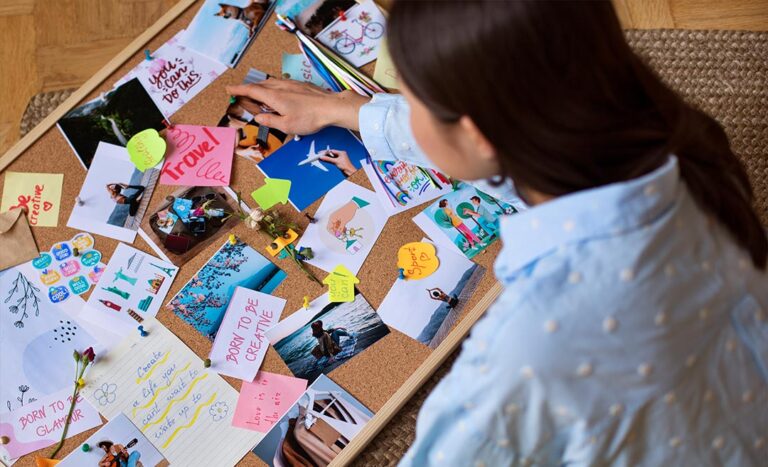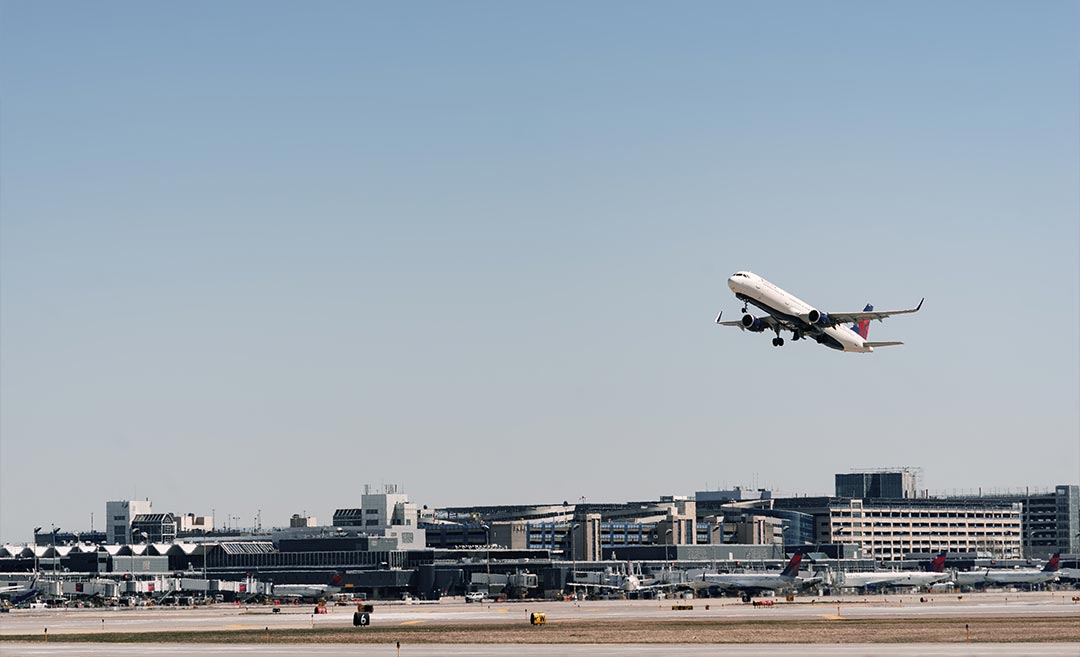We know the feeling—when you’ve watched a documentary on the beautiful wildlife of Scandinavia, a friend has just returned from a 10-day trip staying in the most beautiful hotels in Japan, or your favourite YouTuber documents their recent backpacking trip in Nepal. We think, “Ah, I’ve got to do that one day.”
Going from ‘one-day-when’ to booking the actual trip can be intimidating, especially if the trip requires a little more planning and spending. So, we’ve listed our top tips on how to make your big-budget trip a reality.
1. Make a mood board for your travel plans

Having too many places on your bucket list can be overwhelming. We suggest picking one place and building a mood board to organise your travel plans. This can be a physical board with pictures and notes attached to it, or you can create a digital one on platforms like Pinterest or Canva.
Learn all you can about what you will need for your trip and put it all on the board. It can be locations to visit, hotels, the cost of flight tickets, sights you want to see, foods you want to try, shopping plans, and a proposed travel period.
Depending on the season, your biggest expense will likely be flight tickets and accommodations. Do some research on the seasons to have an idea of how much the trip will cost you. This gives you a goal you can save towards monthly.
2. Account for your pre-travel expense

Whether renewing your passport, applying for visas, getting travel insurance, or purchasing clothing and gear for different climates, travel expenses begin way before you step foot at an airport. An excellent way to manage these large sums is by listing your needs and getting them ahead of time where you can. For example, a great time to shop for winter clothing would be in January, as the season is about to end. The same applies to summer attire and swimwear – sales tend to happen just as the season ends.
When it comes to travel documents, have them renewed once you have confirmed your travel dates. Passports should be renewed at least 6 months before their expiry date, while visas should be applied at least a month before your travel date.
3. Automate your travel savings

If you are serious about making a trip to someplace you know will cost you more than your average 4-day holiday weekend, write down a savings plan. No matter how large or small your income, you can set aside a small amount every month for your trip. An easy way to do this is to create a monthly Direct Debit transfer to your account for your travel savings. Keep travel savings separate from personal and emergency funds.
4. Take inventory of your spending

While things like monthly bills, personal expenses, and emergency funds are necessary, many of us are probably subscribed to small costs that go unnoticed. Be sure that you are not paying for streaming services you hardly use or data storage you do not need. Check your bank statements to see if you are spending on club memberships, unnecessary insurance or delivery services, and WiFi or cell phone plans that are more than necessary.
Write it all down and calculate the annual cost of these items, and you will be surprised at how the little things add up. The point of this exercise is not to skimp on essential expenses or the things that bring you pleasure but to assess where you can make better use of your money.
5. Make use of budgeting & cashback apps
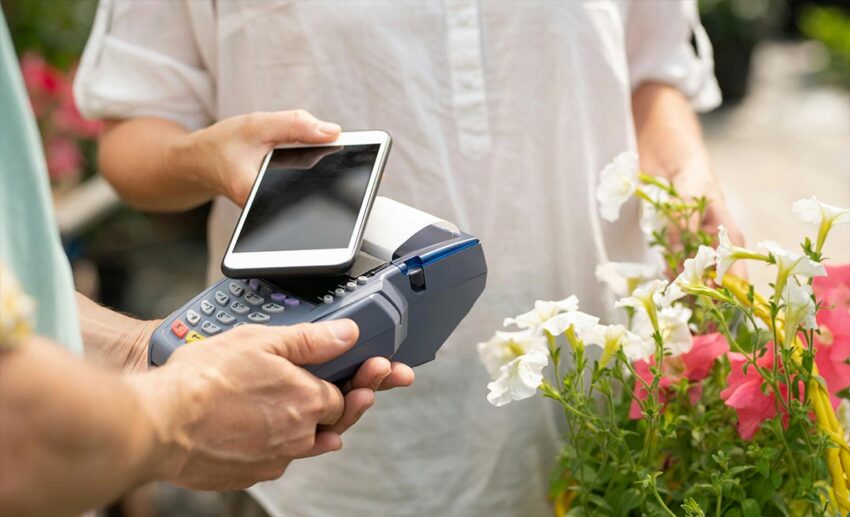
We’ve heard people say that budgeting is a form of self-care, and we have to agree. Budgeting simply means you tell your money where to go rather than allowing it to tell you where you can and can’t go.
There are plenty of apps and templates available online to guide you on your monthly and yearly budgets. Notion has many easy-to-use options for budgeting planners that automatically track your income, spending, and savings. You can also use Notion to set and track travel savings goals for your trip.
Another way to save for your travels is by booking your flights and hotels via cashback apps like Shopback. Along with offering discounts, these apps give you cashback rewards for your online purchases.
6. Use your credit card rewards
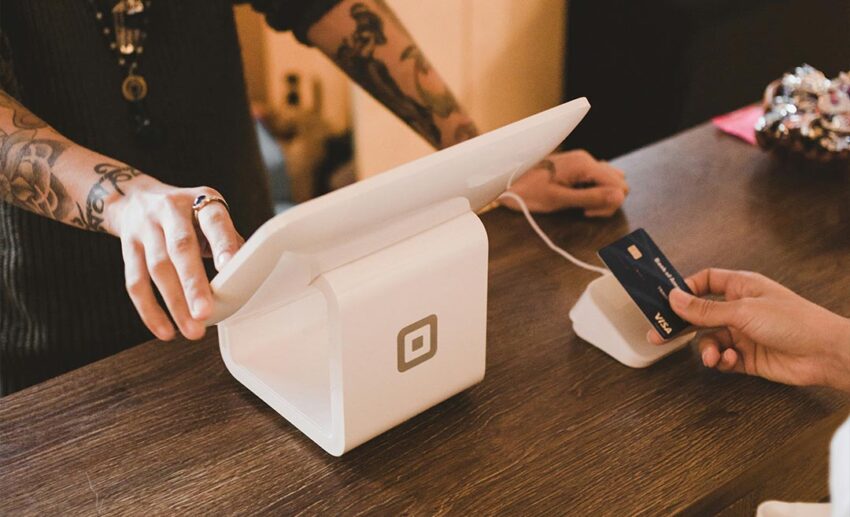
If you own a credit card, you will want to make the most out of it. Most people forget to check their credit card points and to redeem their rewards before they expire. A quick call with your bank will inform you how many points you have accumulated over your transactions and how and when you can use them. Policies differ depending on your card, but most credit card companies offer points that can be exchanged for frequent flyer miles, which is a major benefit if you save up for a big trip.
7. Sign up for an airline frequent flyer program
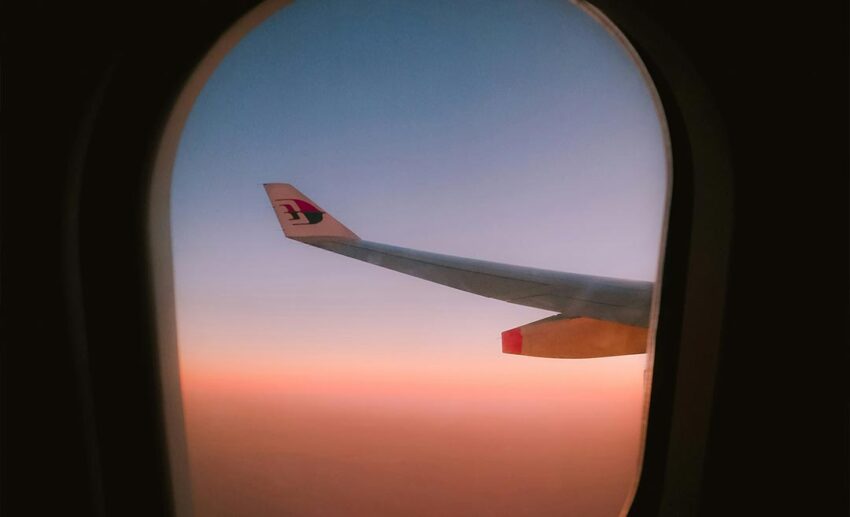
Do this by creating an account with an airline of your choice, preferably one you fly with often. Airline frequent flyer programs are loyalty programmes used by most major airlines that allow you to earn rewards, redeem flight miles, and access many privileges and priority services when you travel. The more you travel, the more points you gain.
Enrich by Malaysia Airlines is a good place to start if you don’t already have a frequent flyer account. Depending on the airline and their specific benefits, you can accumulate points by booking hotel stays, car rentals, retail, dining, and converting bank, fuel and credit card points. You also earn miles each time you fly with the airline. With enough miles, you can redeem free flights, amongst other benefits!

